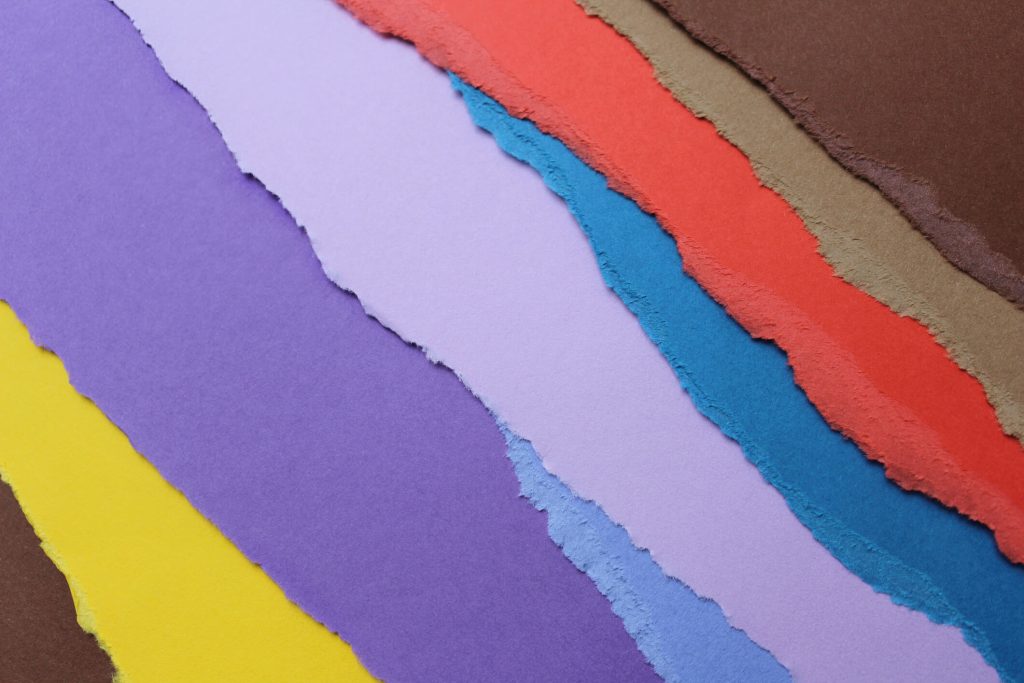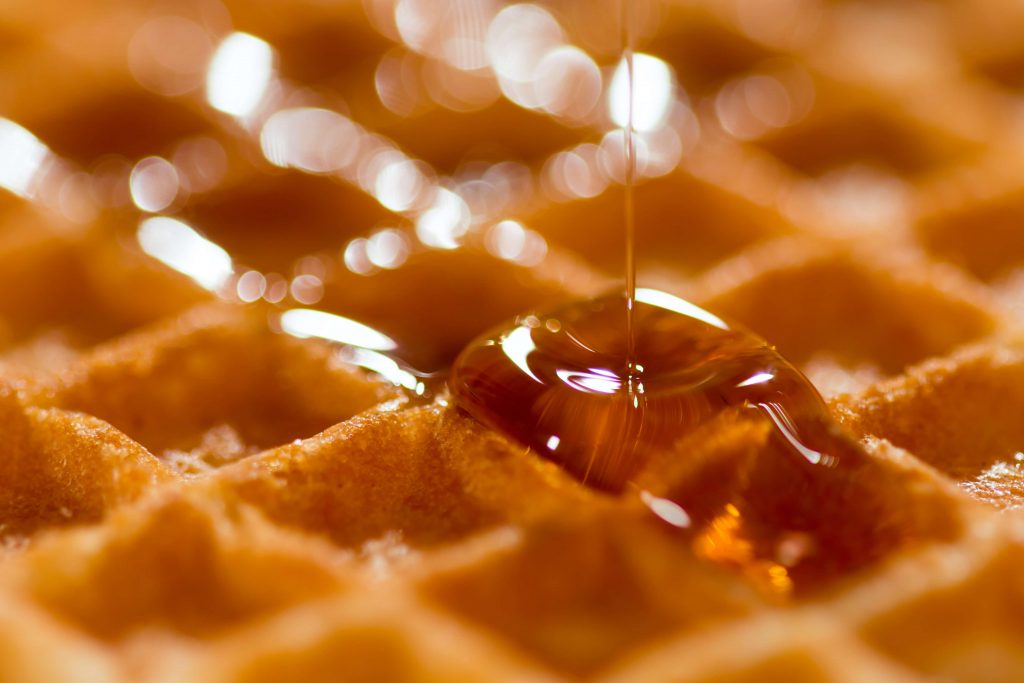Surely everyone associates cakes with photos or pictures. Did the cake maker have above average skills? First of all, he had a printer for edible inscriptions!
Edible ink printing is the process of creating finished images with edible food coloring on various confectionery products such as cakes or pies. Designs made with edible ink can be pre-printed or created with a food printer, a special device that transfers the image onto thin, edible paper

The first U.S. patent for printing on edible paper was filed by George J. Krubert of Keebler and granted in 1981. Edible paper is made from starch, natural or artificial sweeteners, and vegetable oil and has virtually no taste. There are two types of edible paper to choose from: wafer paper and sugar paper.
Edible paper can be printed with a food printer created for this purpose, but we can also use a regular inkjet printer. However, it is important to remember that in this case it must be a new, never used printer, because the inkjet ink is poisonous if swallowed
Sugar paper – printed images are clear on a white, smooth surface, so we can get the best possible printing results. It is very important to remember that the image we print must be high resolution. Compared to wafer paper, prints are much more fragile and prone to crumbling during the printing process. The ingredients are generally tapioca or cornstarch with added sugar and gums.
Wafer paper – a stiff but slightly transparent material that can be up to 0.6 mm thick. This means that it generally retains its shape unless exposed to a large amount of liquid, when it begins to dissolve. Typical ingredients include dehydrated potato starch, oil and water

The ink is mainly a mixture of demineralized water, glycerin, acidity regulators, preservatives and a suitable dye. We can get edible ink in two available variants. The first type is for manual use, it is what confectioners use to color and decorate confectionery products with pens and brushes. The second type, which we are interested in, is designed directly for printing on edible paper and we get it in containers with ink. The shelf life of the ink is 2 years, after this period, even if the ink has not been opened, it is not edible.
Contrary to appearances – the answer is no. Edible prints are best entrusted to professionals. First of all, not all inkjet printers are suitable for this. The device must have a straight run; the paper should pass in a straight line, without curling, while when it comes to laser printers, we do not have such an option at all. What’s more, conventional inkjet inks have solvents in them that prevent the nozzles in the printers from clogging. Unfortunately, food-grade ink does not contain these substances, so printheads dry out more often. The only solution is to print frequently; even daily is recommended, otherwise the nozzles will be clogged by dried dye